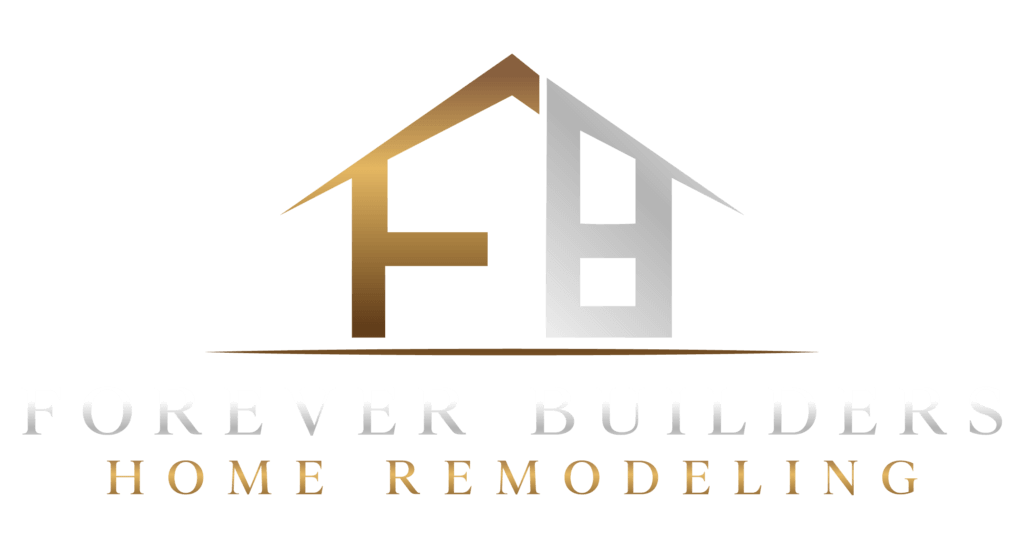Picking the right material for your baseboards might not seem like a major decision, but it’s important because baseboards typically have to withstand a lot of damage over time. From restless feet to rolling chairs and moisture problems, baseboards take quite a beating over the years, so the material they’re made of can make a big difference in how they stand up to normal wear and tear.
In the past, homeowners basically had only one choice—natural wood—but today, medium-density fiberboard (MDF) and polyvinyl chloride (PVC) are increasingly popular alternatives. While wood is still typically the preferred choice if you have room in your budget for the highest-quality material, MDF is more affordable, and PVC has its advantages, but it’s more fragile than the other two options.
MDF
Medium-density fiberboard (MDF) is a form of composite wood made by taking a wood source (typically small branches), pulping it into a mash, and reforming it into a sturdy building product. It’s lighter than natural wood and tends to resist damage from moisture quite well. MDF is a popular material for furniture, shelves, and bathroom and kitchen cabinets.
MDF baseboards have become increasingly popular because they’re more affordable and easier to install than baseboards made of natural wood. MDF is softer, so it cuts more easily and doesn’t split when it’s being nailed into place, and any damage that occurs during installation can easily be sanded away from the surface. MDF can’t be stained, but it can and should be painted.
If you’re having baseboards installed in an area that gets a lot of foot traffic, MDF may not be the best choice because it’s more susceptible to damage over time. However, if you have a room with curved walls, MDF baseboards are preferable because the material is extremely flexible.
Wood
The primary types of wood used for baseboards are oak, pine, and maple. One key advantage of using natural wood for baseboards is that it can be painted or stained, which gives you the option of leaving the natural wood grain visible. Wood is also stronger and better able to withstand physical damage than MDF, so if you’re going to be installing baseboards in an environment with high traffic, wood is a better choice.
The major downside of choosing wood baseboards is that they’re almost always more costly than MDF. Natural wood is also less flexible than MDF, so it can’t really be used on anything other than straight walls.
PVC
Polyvinyl chloride (PVC) is a synthetic plastic that’s lighter than MDF and wood, and it’s more customizable. You can use any color of paint on PVC, so it can fit in with the décor of almost any home.
The main advantage of using PVC for baseboards is that it’s completely waterproof, making it an ideal material for kitchen and bath remodel San Diego projects as well as use in laundry rooms and other environments that experience high levels of moisture.
One disadvantage of PVC is that it’s more expensive than the other two options. This probably won’t be a major issue if you use it in a small area such as a bathroom, but the cost difference can be quite substantial if you want to install PVC baseboards throughout your entire home. PVC is also more fragile than MDF or wood. A single small knock can easily cause a dent or even a sizable hole in a PVC baseboard.
While wood, MDF, and PVC are the most popular baseboard materials, they aren’t the only ones available. It will be worth your time to research several alternatives, especially if you’re going for a certain aesthetic or you have rooms with unusual layouts.
Whether your home improvement project involves a whole home remodel or you only need help with baseboard installation, home painting, or window replacement, you can rely on the team from Forever Builders for outstanding workmanship and exceptional service at affordable rates. From planning to completion, we’ll help you create the beautiful home you’ve always dreamed of. To find out more about our exceptional remodeling & home renovation San Diego services, give one of our friendly team members a call today at (833) 243-5624.
